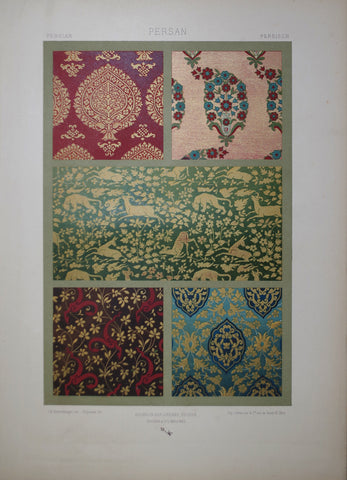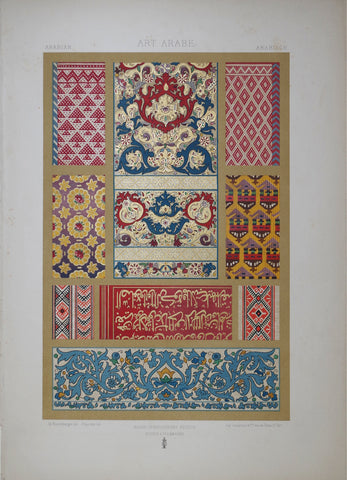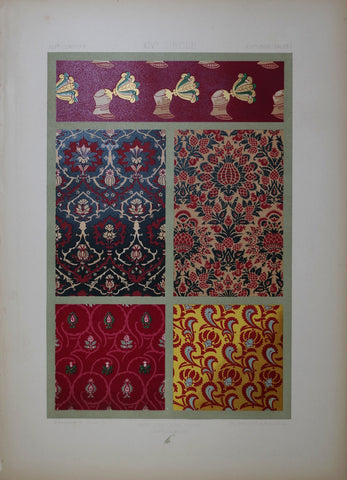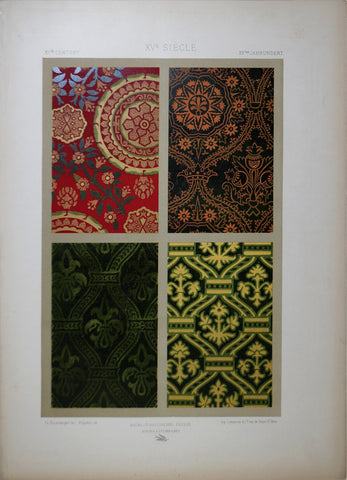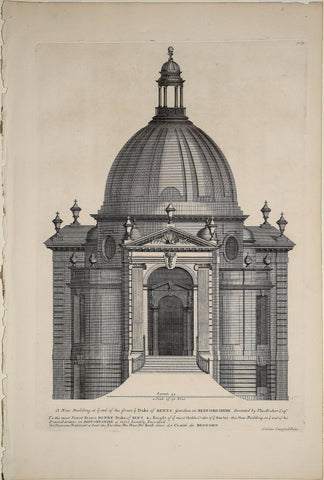
Colen Campbell (1676–1729), Plate 33, Vol. 1
Colen Campbell (1676–1729)
Plate 33, Vol. 1
From Vitruvius Britannicus (The British Architect)
London, 1715-1725
Copperplate engraving
Sheet size: 17 7/8 x 11 3/8 in.
Colen Campbell (1676–1729) was a Scottish-born architect who published the single most influential work of architecture published in the Georgian era (1714-1811). As the title suggests, the work focuses upon the writings of the Roman architectural author, Vitruvius, and testifies to Campbell's outright rejection of the French influence upon British architecture, so prevalent during the reign of the late Stuart monarchs. The book champions the classical purity of line, which pervaded the work of the English court architect, Inigo Jones (1753-1652) and the Italian architect, Andrea Palladio (1508-1580), both considered exemplars of the style by Campbell.
Additionally, the book represents the rise of the nobility and professional designer as arbiters of fashion, a facet of British culture previously dominated by royalty. The British countryside, as we know it today, was the creation of the Georgian period. The nobility now enjoyed new found wealth largely due to the Seven Years’ War, when the Crown had given land to loyal supporters. This land was mainly concentrated into large estates, and its owners either sat in the House of Commons or knew people who did. Thus, the land enclosure acts, which allowed for the most modern methods of farming, were easily passed and as a result agriculture became a profitable enterprise. For the first time the elite could afford to build grand homes for themselves and to receive members of the royal family. While ‘Capability’ Brown supplied the design for magnificently landscaped gardens, Campbell’s Vitruvius Britannicus provided a marvelous template for the design of the house.
We Also Recommend

